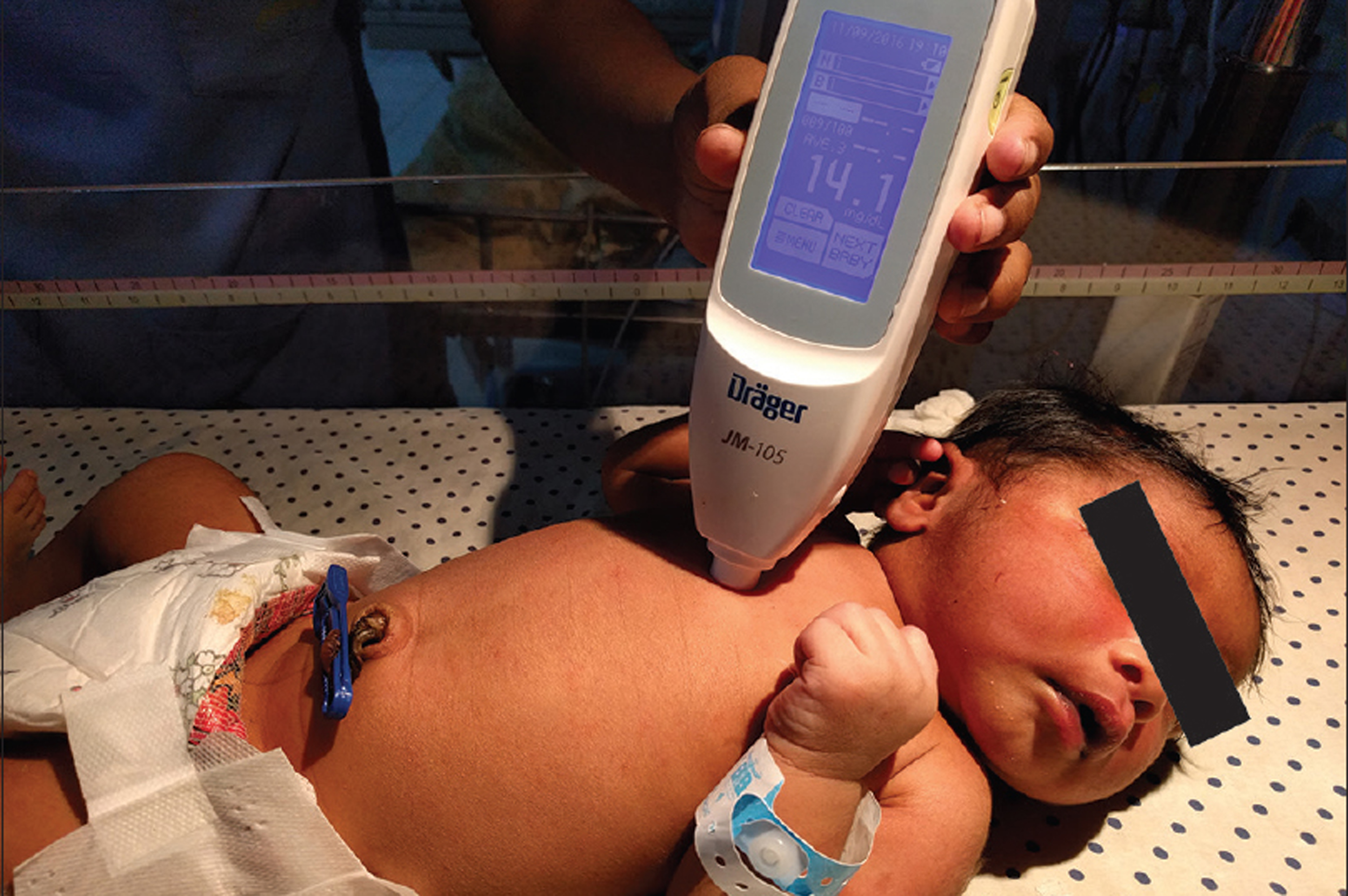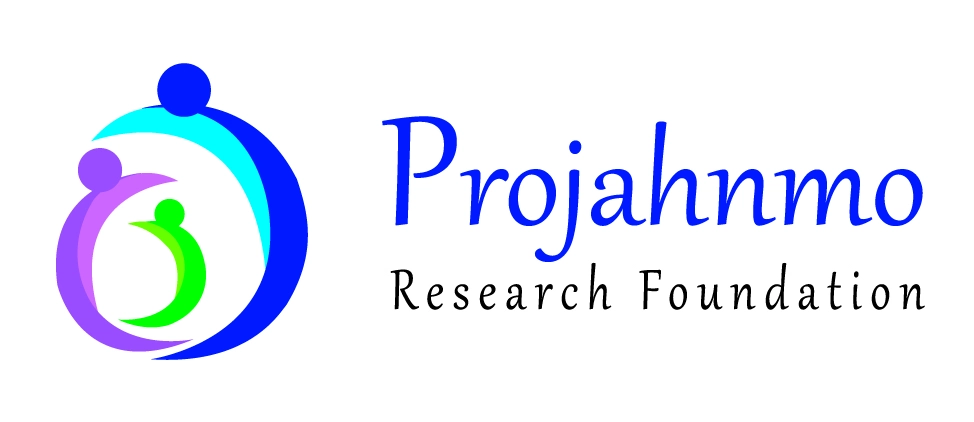
A simple toolkit to aid community-based identification and management of premature and jaundiced newborns.
The objective of this study was to design and testing two tools: a mobile app (mCNC) as an electronic job aid to enhance identification and case management of the small and sick newborn based on Bangladesh’s Comprehensive Neonatal Care Package; and an icterometer (a simple, low-cost, plastic “jaundice ruler”) to enhance accurate and reliable screening for hyperbilirubinemia. The Bili-ruler is an icterometer for the assessment of neonatal jaundice that was designed by using advanced digital color processing. A total of 790 newborns were enrolled in a validation study at Brigham and Women’s Hospital (Boston) and Sylhet Osmani Medical College Hospital (Sylhet, Bangladesh). Independent Bili-ruler measurements were made and compared with reference standard transcutaneous bilirubin (TcB) and total serum bilirubin (TSB) concentrations.
The study demonstrated that the Bili-ruler is a low-cost, noninvasive tool with high diagnostic accuracy for neonatal jaundice screening (Lee et al., Pediatrics. 2019). Bili-ruler scores on the nose were correlated with TcB and TSB levels (r = 0.76 and 0.78, respectively). The Bili-ruler distinguished different clinical thresholds of hyperbilirubinemia, defined by TcB, with high sensitivity and specificity (score >3.5: 90.1% [95% confidence interval (CI): 84.8%–95.4%] and 85.9% [95% CI: 83.2%–88.6%], respectively, for TcB >13 mg/dL). The Bili-ruler also performed reasonably well compared to TSB (score >3.5: sensitivity 84.5% [95% CI: 79.1%–90.3%] and specificity 83.2% [95% CI: 76.1%–90.3%] for TSB >11 mg/dL). Areas under the receiver operating characteristic curve for identifying TcB >11, >13, and >15 were 0.92, 0.93, and 0.94, respectively, and 0.90, 0.87, and 0.86 for identifying TSB >11, >13, and >15. Interrater reliability was high; 97% of scores by independent readers fell within 1 score of one another (N = 88).
